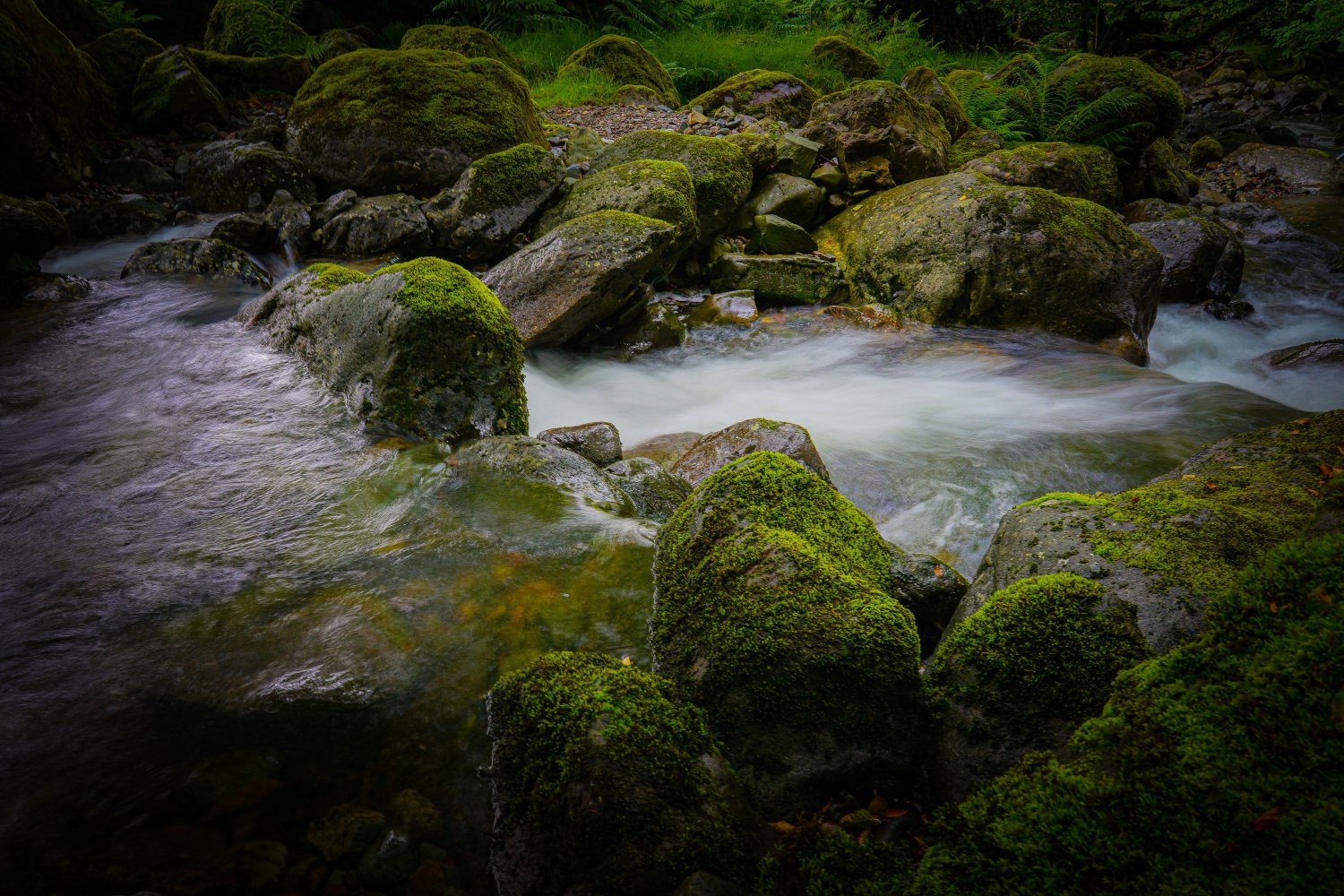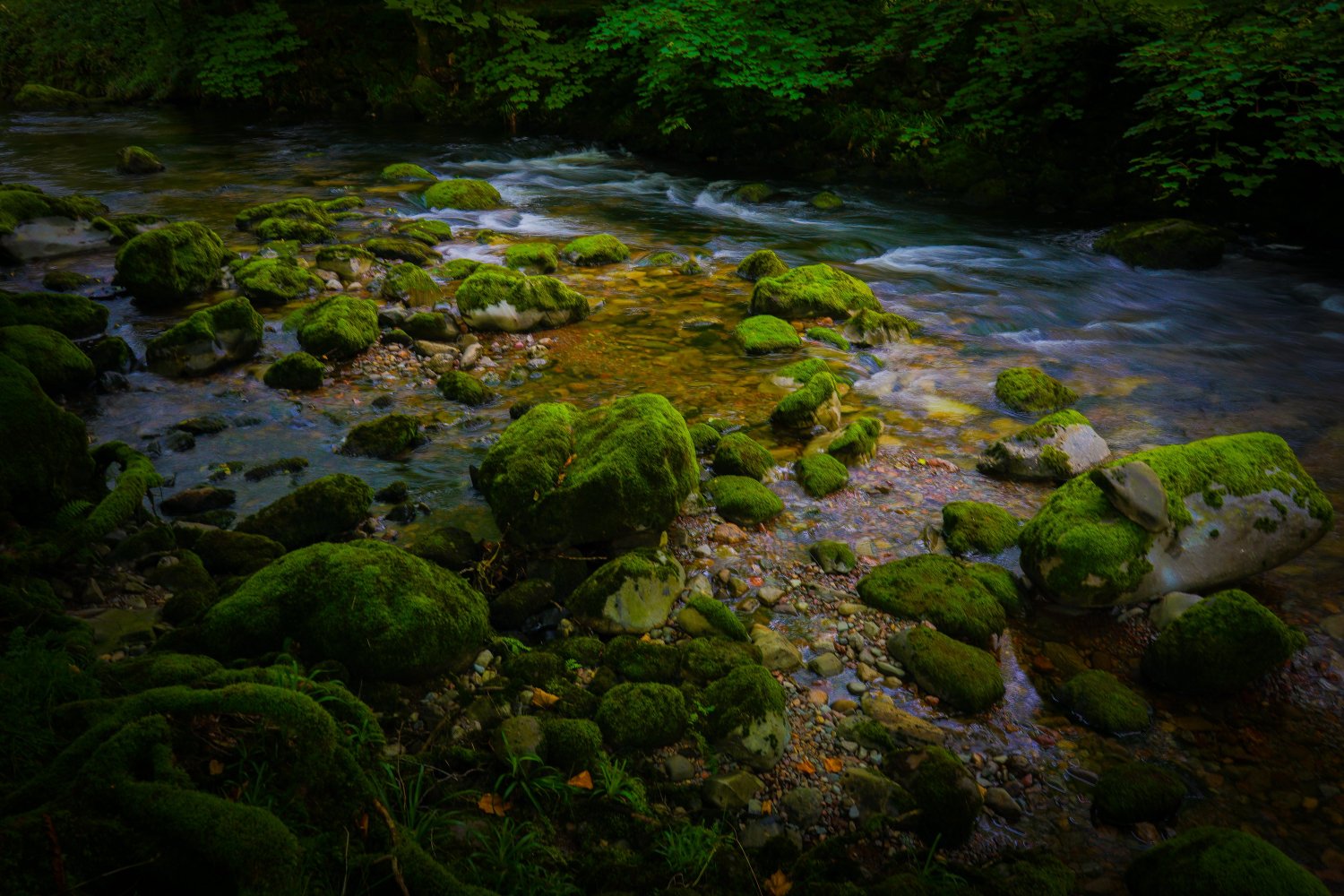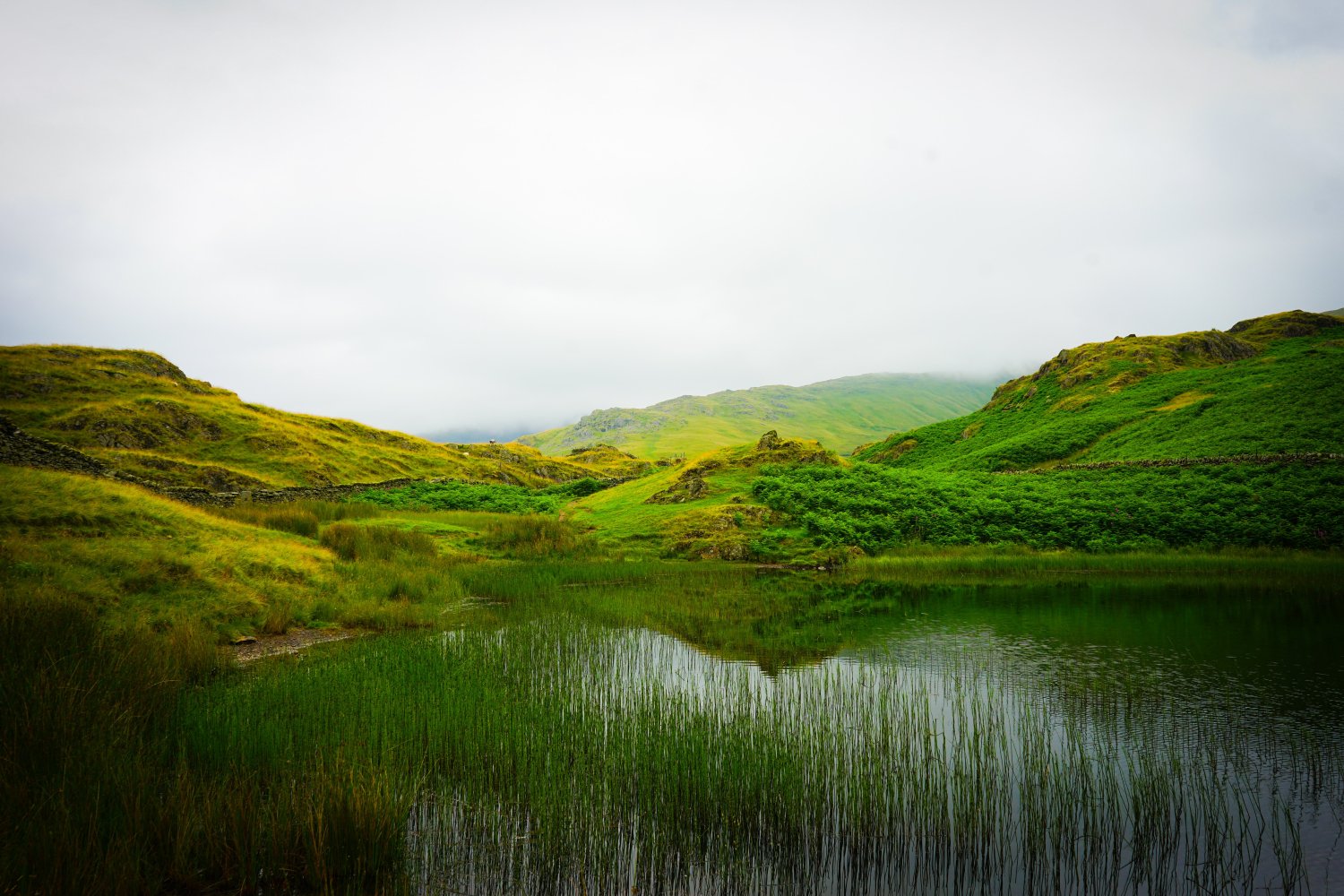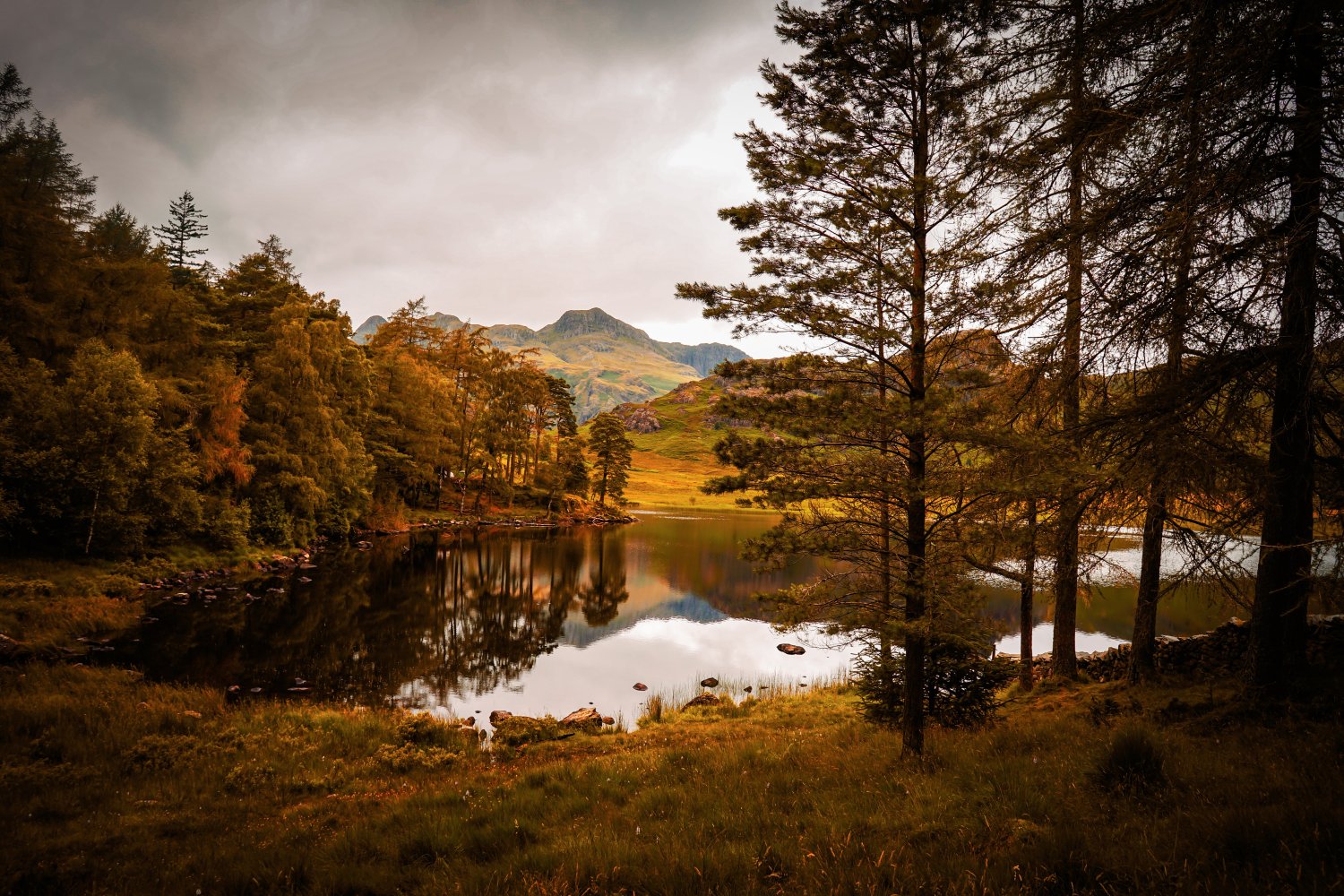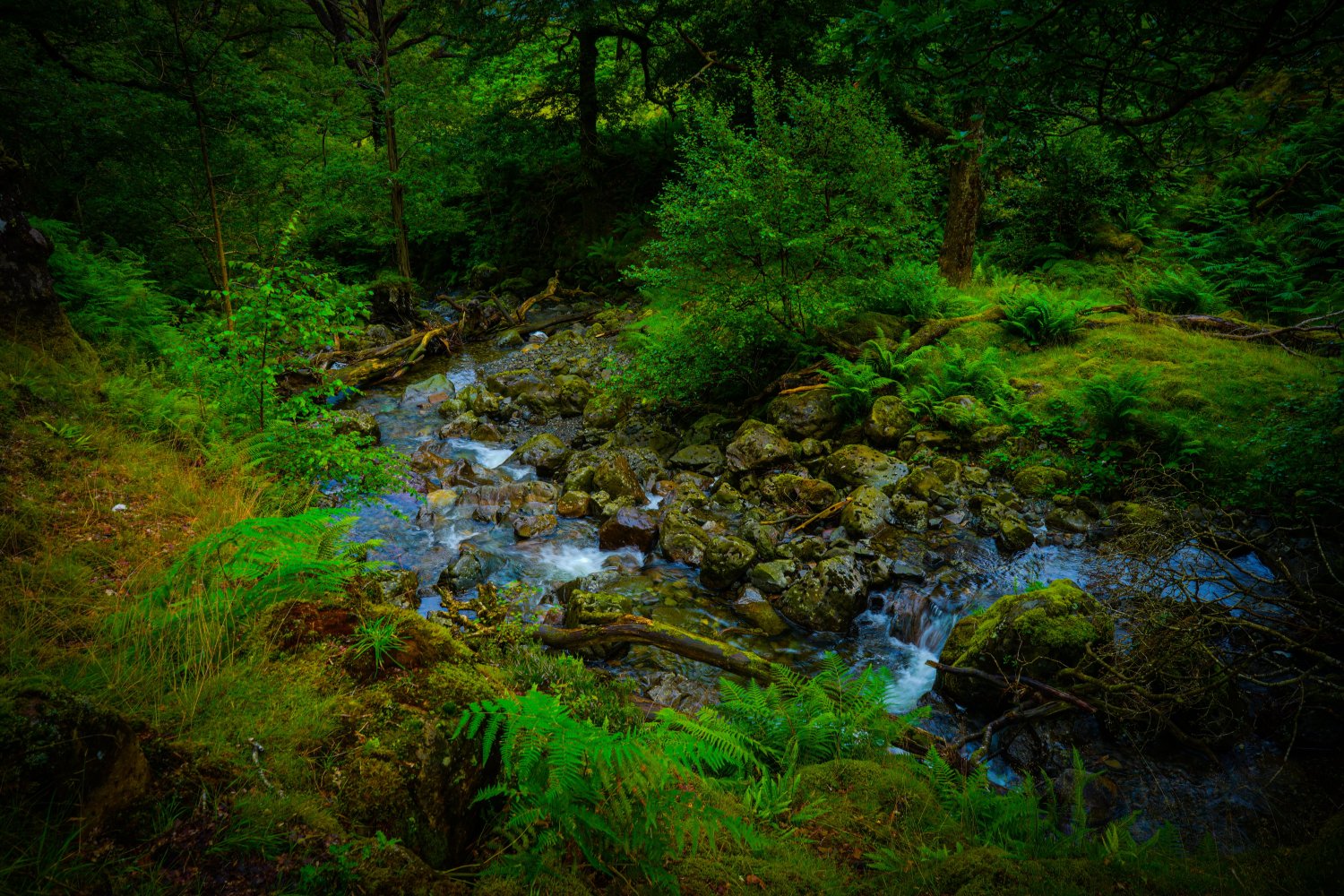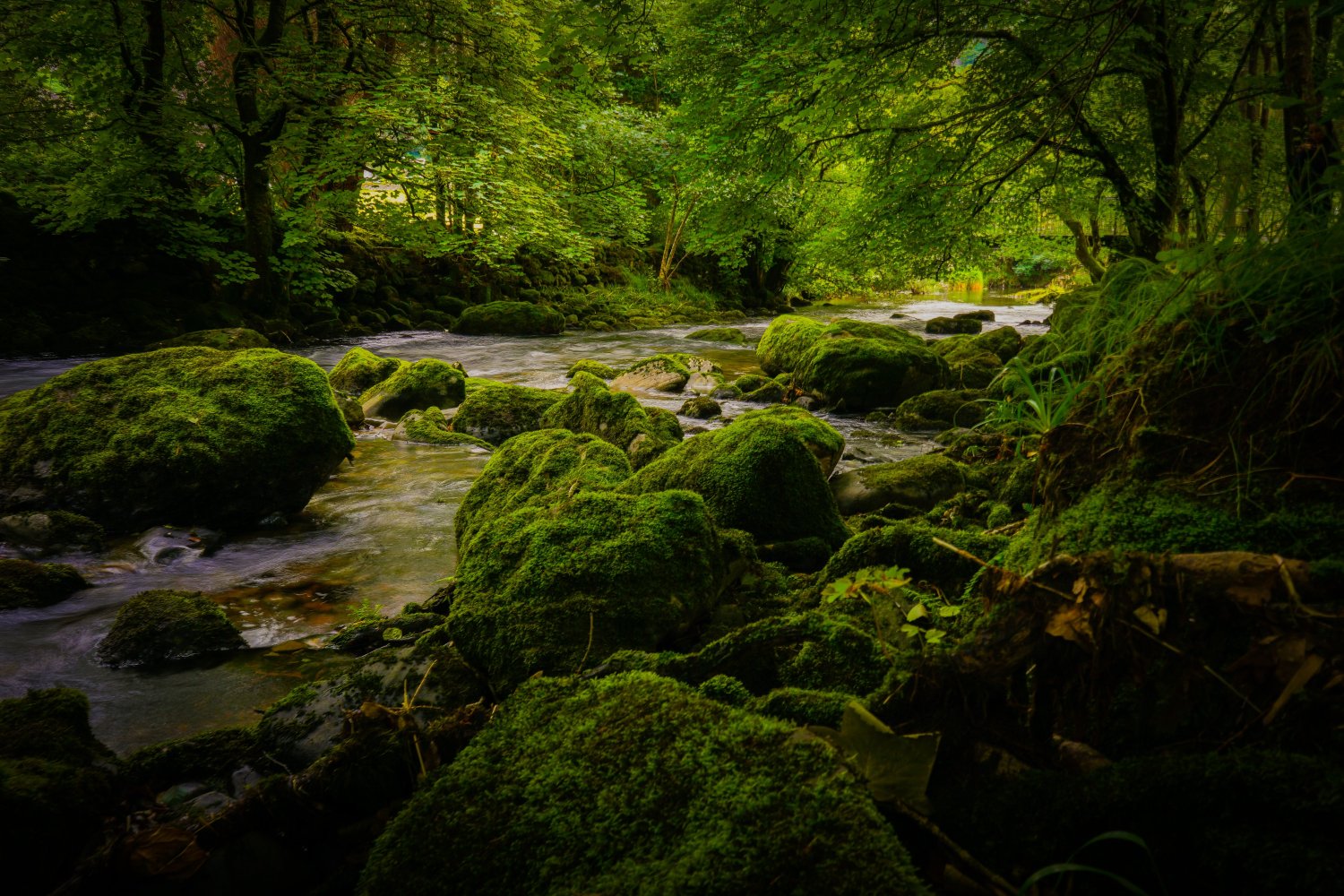Steven - thank you so much for your kind words! I didn't expect this response and it really means a lot coming from you!Tom, this was a terrific post, a terrific iwagumi, and a terrific write up of your thoughts, and state of aquascaping overall. I'm sure it's in part because we share a teacher (Masashi Ono) and also in part because of your clear passion to learn the art of contest scaping, we share much in world view and view of the contests. This thread was fascinating enough that I had to login to my old UKAPs account. haha
(Even until today, I lament that Forums have fallen off in favor as the discussion platform of choice for hobbies-- forums > Discord 1000%)
I understand many of the sentiments in this thread-- Luca and Trinh Ha Le's layouts are my 2 favorites as well for instance. With both praise and critique for the IAPLC this year in the thread, I will have to throw my hat in with the side of "praise". I didn't know about the change in the steering committee procedure-- it's wonderful to hear ADA be responsive. I would say that it would be very hard to argue that IAPLC 2024 reaches the heights of the contests' history (still IAPLC 2016 imo, where peak/extremely high level of most of the styles we're discussing are ALL represented in the top7-- Diorama, NA, crazy gimmick, Brazilian Stone, Indonesian Forest); but the top 100 show me many layouts that demonstrate a playfulness or breathing room to welcome creativity that's very encouraging! It makes me want to try hard to enter next year.
I don't feel I have a good read on CIPS, but with KIAC I feel like compared to IAPLC, the top makes me feel the contest's passion, and drive to establish itself as a serious platform for the art. This is good-- I can applaud both KIAC striving to establish itself as a serious platform, and IAPLC opening creativity by in a way, NOT taking itself TOO seriously. These contests are at different life stages.
Personally, I feel that worrying TOO much about the rubric is a bit of a trap, as interpretation of it is very subjective on all parts-- on our part as fans/contestants, on the judge's part, and on contest staff's part. What feels "natural" to some, is not to others, and then there's the issue of language-- where ADA is a very Japanese company, and the meaning for these terms in Japanese has entirely different (and once more, subjective) interpretation. But then does the Japanese interpretation get translated perfectly for the foreign judges? (impossible) It's all interesting to think through, but best for folks not to worry too much about it all imo.
It's also probably best not to assume that any given style has a monopoly or even significant advantage on parts of the rubric, or even in things like "natural feeling". I would highly disagree that any style can lay claim to such.
On underwater feeling, the reality is that despite many top aquascapers pursuing heavily "underwater feeling" with literal "underwater environments", the top of the contest has not become a monotony or even highly populated by these Biotope-Inspired-NA layouts; or else scapes like the Masashi Ono one and Josh Sim one you posted earlier would have been Top 7 works, and not fallen-out of the top 100, or mid-100 respectively. While I also love (and make) those styles of scapes, I would not want them to be the only types of works rated highly at the IAPLC. Everything becomes a bit too easy-- aquascaping as an art is best if there's something challenging to contend with; no easy answer. The "answer" to what makes a great scape should be at the individual work level, not the style-type level.
I'm sure Tom has read me say this in a number of places, but it's important to remember that Amano himself was a radical. A scaper like Jun Itakura is an incredinble steward of Amano's form, but Itakura-san could never have been an Amano, and if Amano had been a conservative thinker like Itakura-san, we would all be either not doing this hobby or doing a much smaller Dutch-Style Contest loyalist hobby. Amano's own judging is part of what drove the Diorama scapes onto center stage alongside NA, with Amano himself picking Dioramas on multiple occassions as "Best in Show," including by TAU members Toshifumi Watanabe's mountain scape and Takayuki Fukada's 2015 GP, "Longing," the last contest judged by Amano (and funnily, both of them our fellow students of Masashi Ono). For me, the biggest impression of the man and his legacy will always be when I went to NA Party 2009 and hearing Amano-san say to us foreign guests at the Gallery, "What was this contest? What was this??? Every work this year was just a copy of something I've already done. I opened a world contest to see great new scapes inspired by all the world-- and what has the world shown me? nothing. NOTHING. Come on people- show me something new."
For sure, Masashi Ono has been the biggest influence for me since I decided to take the step into contest aquascaping. I can't thank him enough and I will get the opportunity this year to finally meet him in person! I'm sure we will speak about you, as well as have many great discussions on aquascaping philosophy (which he couldn't teach me over Facebook)!
I personally feel the adjustment to the primary screening process is a massive change and gets over the core issue some aquascapers had with the contest. This being the overall consistency of the judging between the primary and secondary screening phases. Arguably, there were more notable absentees this year from the IAPLC, Matthew Manes and yourself to name just a few, so the quality of the contest definitely has a higher ceiling than what is shown through the winning works this year.
As you mention, it's not the golden era of the IAPLC (2015-2017) but I do feel it is not past its best yet! For me, post-2017 to date we have seen many similar compositions replicate aspects of the top works seen during that time. I feel this was a 'safe' way to secure a good score. However, more recently we have seen 'riskier' layouts being undertaken with a shift towards more pure NA/ biotope influenced designs. Although we are really yet to see them being rewarded in the top rankings!
As an NA guy myself, I'm hoping this day will come, but I do agree with your view that the contest should support a variety of layout styles! For one, I would love to see the day a pure biotope design wins the IAPLC over a crazy diorama layout! It makes it more challenging, something to strive towards.
On the KIAC, I thought it had the best aquascape this year (Trinh Ha Le's work). I was however a bit disheartened at the lack of NA and iwagumi layouts in the top rankings. Don't get me wrong, all were high quality layouts worthy of the top rankings, however all had a very complex compositional arrangement! I didn't see many with the elegance of a simple iwagumi with flawless execution for example. For me, Masashi Ono's KIAC work captured a unique atmosphere not many other layouts did. This would have ranked top 100 in the IAPLC (something I have joked with him about!). I feel KIAC is going the way in the sense that it caters to a certain 'type' of layout. There is no problem with this as it differentiates it from the IAPLC, but perhaps the IAPLC is more 'rounded' in that sense.
On the rubric for the IAPLC, I didn't think about the language barrier (for one of a better word!). I personally don't have an issue with the judging criteria, although trying to work out it's application in layouts is a bit puzzling at times! I know some aquascapers feel it is too broad. However, if it becomes specific I feel it might deter many contestants applying to the contest for the first time. It also needs to be beginner friendly, not just a contest for pros!
Aquascaping is also an art form, so the more detailed the judging criteria the more you remove the subjectivity of the contest and the more it becomes a part of academia! I prefer if it stayed as it is and judges reviewed layouts on the 'feelings' they have towards a work. If a layout hits home, it should get a good ranking (no matter if some of the technicalities or details could be improved)!
As you mention in your last point, Takashi Amano was entrepreneurial in the sense of welcoming new styles to the contest. Without risk, there is no reward and I hope we see this shift in mentality in the works next year!
Last edited:


















